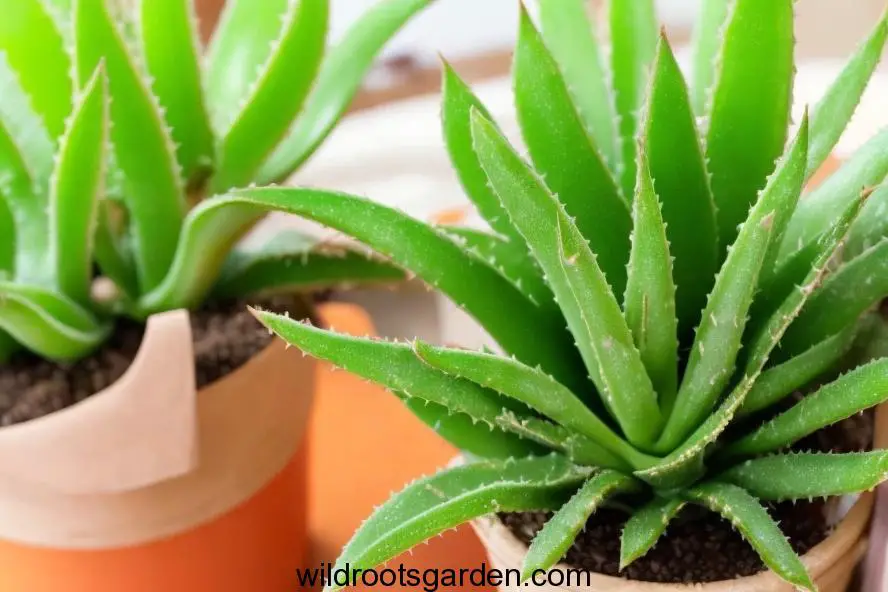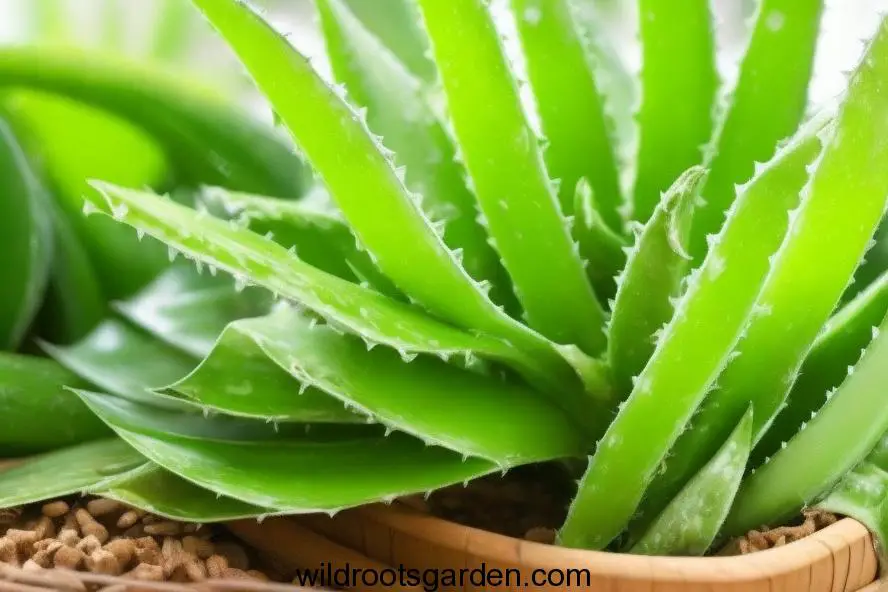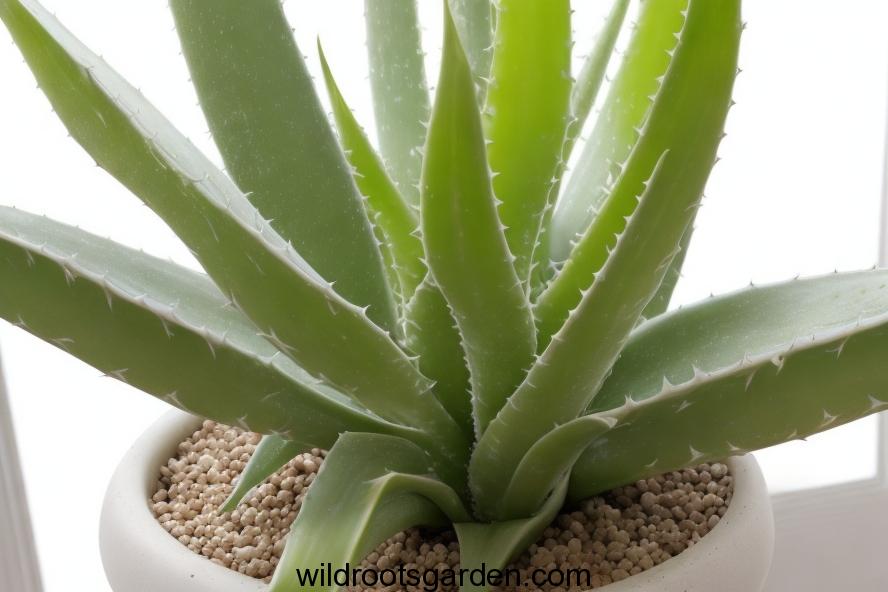Aloe Plant Turning White. Aloe plants, prized for their therapeutic benefits and aesthetic appeal, can undergo a worrying transition in which they turn white. This behavior, which is frequently brought on by stress, insufficient sunlight, or poor maintenance, can indicate that the plant is in trouble. Nevertheless, do not worry! You may get your aloe plant back to its rich, brilliant green splendor by taking the appropriate steps.
In this thorough guide, we’ll examine the typical causes of aloe plant whitening and provide workable cures for restoring their health. We’ll provide you with expert advice and practical insights on everything from modifying their surroundings and maximizing solar exposure to fine-tuning watering schedules and ensuring correct drainage.
This guide will arm you with the knowledge necessary to restore the natural brilliance of your aloe plant, whether you’re an experienced plant enthusiast or a rookie gardener. Say goodbye to the drab, lifeless appearance and hello to an aloe plant that will undoubtedly serve as the focal point of your botanical haven.
Understanding the Phenomenon: Why is Your Aloe Plant Turning White?
H1: Overexposure to Sunlight
Excessive sun exposure is a common cause of aloe plants turning white. Aloe plants need sunlight to grow, but extended exposure to strong sunlight can make them appear white or pale.
H1: Watering Issues
Aloe plants may also start to lose their brilliant green hue if they are not watered properly. Root rot brought on by excessive watering can reduce a plant’s capacity to absorb nutrients and render it white.
H1: Nutrient Deficiency
A lack of essential nutrients, particularly nitrogen, can lead to aloe plants losing their natural green color. Nutrient deficiencies can be caused by poor soil quality or irregular fertilization.
Reviving Your Aloe Plant’s Vibrant Green Color

H2: Assess the Lighting Conditions
To address overexposure to sunlight, consider moving your aloe plant to a location with filtered or indirect sunlight. This will help prevent further whitening and promote healthy growth.
H2: Adjust Watering Practices
Make sure to let the soil dry out in between watering sessions to solve irrigation problems. To avoid soggy roots, use soil that drains effectively and containers with drainage holes.
H2: Provide Proper Nutrients
To treat nutritional deficits, use a balanced, water-soluble fertilizer with a higher nitrogen content. Follow the manufacturer’s recommendations when fertilizing your aloe plant to promote lush, green growth.
H2: Pruning and Repotting
To promote new development, think about trimming any leaves that are damaged or discolored. Moreover, repotting your aloe plant into new, nutrient-rich soil might help it seem better.
Preventive Measures to Maintain Vibrant Green Aloe Plants

H3: Ideal Growing Conditions
Ensure your aloe plant is situated in an area with moderate sunlight and proper air circulation to maintain its green color.
H3: Watering Routine
Establish a consistent watering routine, allowing the soil to dry out partially before watering again.
H3: Nutrient Management
Regularly feed your aloe plant with a balanced fertilizer during its growing season to prevent nutrient deficiencies.
See the transformation as your aloe plant’s vitality is renewed and its beautiful green color returns. You may resuscitate your aloe plant by following these instructions and giving it some more time and attention, and you’ll also develop a stronger bond with the plant kingdom. Always keep in mind that every act of kindness you show your plant buddy helps to ensure their general well-being.
Take pleasure in your position as a responsible plant owner as you observe your aloe plant flourish once more. The transformation from a lifeless, white appearance to a vibrant, growing specimen is a satisfying experience that showcases your commitment and care. Accept the tenacity of nature and allow your revived aloe plant to serve as a symbol of your dedication.
Hence, don your gardening gloves, set out on this journey, and savor the satisfaction of watching your aloe plant flourish. Your efforts will not only help a beloved plant come back to life, but they will also improve your knowledge of plant maintenance, giving you the skills you need to grow a successful indoor garden.
FAQs (Frequently Asked Questions)
Q: Can I use any type of fertilizer for my aloe plant?
A: It’s best to use a balanced, water-soluble fertilizer with higher nitrogen content to promote green growth.
Q: How often should I water my aloe plant?
A: Water your aloe plant when the top inch of the soil feels dry to the touch.
Q: Can I keep my aloe plant outdoors?
A: Yes, but ensure it is placed in an area with filtered sunlight to prevent overexposure.
Q: Are white aloe leaves irreversibly damaged?
A: Not necessarily. Pruning damaged leaves and providing proper care can encourage new growth.
Q: What’s the best time to repot my aloe plant?
A: Spring is generally the best time to repot your aloe plant, allowing it to adjust to its new environment during the growing season.

